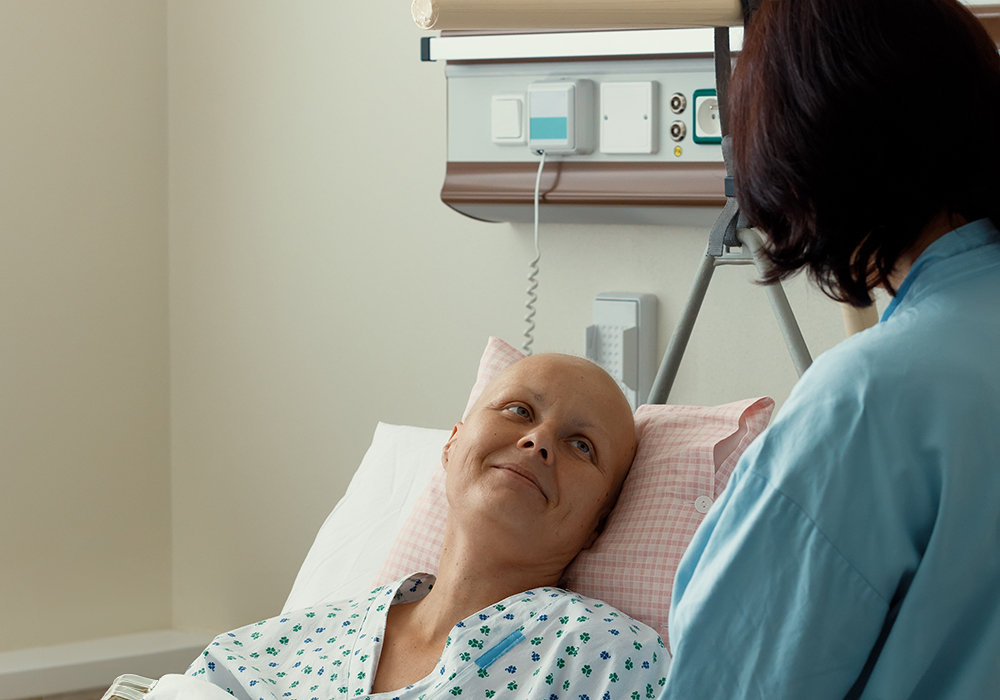“A strong body of evidence highlights the importance of physical activity and healthy eating during post-treatment survivorship to improve or maintain body composition, decrease the risk of cancer recurrence, and positively affect all-cause mortality,” oncology nurse investigators said in a review of clinical guidelines published in the Clinical Journal of Oncology Nursing. In their article, the authors provided an overview of the current evidence-based nutritional and activity recommendations for cancer survivors and the oncology nurse’s role in educating and promoting adherence.
Overall healthy lifestyle recommendations for the general population also apply to cancer survivors, the authors said. Those include engaging in daily:
- Healthy eating and sleep habits
- Physical activity
- Sun safety
- Tobacco avoidance, reduction, or cessation
- Limited alcohol intake
For the current report, the authors focused on the current clinical guideline recommendations for two of those behaviors: healthy eating and physical activity.
Healthy Eating Recommendations for Cancer Survivors
According to the authors, the World Health Organization, National Comprehensive Cancer Network, and World Cancer Research Fund International and American Institute for Cancer Research guidelines emphasize a diet that includes a variety of fruits and vegetables, whole grains, and lean and plant-based proteins, and that is low in added sugar, sodium, red and processed meats, and saturated and trans fats. All of those guidelines also advise that little evidence supports the use of supplements to prevent cancer.
Physical Activity Recommendations for Cancer Survivors
The current recommendations for cancer survivors are based on those for the overall population from organizations like the World Health Organization and U.S. Department of Health and Human Services, the authors said. Those organizations recommend that adults:
- Avoid prolonged sedentary behaviors and break up sitting time throughout the day with physical activity.
- Achieve a weekly minimum of 150 minutes of moderate intensity aerobic activity or 75 minutes of vigorous intensity aerobic activity.
- Engage in at least two sessions per week of muscle-strengthening resistance exercise.
- Older adults should add balance exercises.
The authors noted that for the first time, the World Health Organization recommendations included guidance about avoiding sedentary behaviors, which are considered “any waking behavior characterized by a low level of energy expenditure.” The authors cited several studies demonstrating that patients may still experience negative health outcomes even if they achieve the weekly minutes of vigorous activity but spend the remainder of their waking time in long, uninterrupted bouts of sedentary behavior. Rather, individuals should incorporate intentional movement throughout each day: Even a 5-minute walking or stretching break after 30 minutes of sitting can decrease that risk.
Do the Recommendations Change as Patients Transition From Active Treatment to Survivorship?
In a word, no. From a dietary standpoint, during treatment, you teach your patients about the importance of adequate nutritional intake. You may encourage them to favor palatable foods in the context of gastroenterologic side effects and make referrals to dieticians or other resources if your assessments suggest that they may be developing malnourishment. For example, the authors cited evidence-based guidelines and reports that recommend that patients tailor their food intake to their level of symptoms and appetite; prioritize protein and caloric intake; and maintain good hydration, especially if they are experiencing fluid loss from vomiting or diarrhea. After treatment ends, the same recommendations apply, although you should encourage patients to eat more macronutrients and more variety as their appetites rebound.
From a physical activity standpoint, ONS Guidelines™ and symptom interventions consistently cite sufficient evidence for patients to engage in physical activity during cancer treatment to help manage cancer-related fatigue and other adverse events. After treatments conclude and patients enter survivorship, those recommendations should continue, the CJON article authors suggested.
The Oncology Nurse’s Role
In addition to providing patient education and clarifying patients’ understanding of any recommendations that differ between active treatment and post-treatment survivorship, the authors said that oncology nurses can watch for indications for referral to other professional to help overcome any barriers to successfully adhering to the recommendations. For example:
- Patients with conditions such as peripheral neuropathy, osteopenia or osteoporosis, lymphedema, or arthritis may need a pre-exercise medical evaluation and referral to rehabilitation specialists for the development of a tailored exercise plan.
- Those recovering from major thoracic or abdominal surgery or who have existing cardiopulmonary disease, bone metastases, severe fatigue, or nutritional deficiencies should be evaluated and referred to rehabilitation.
- Patients who are experiencing malnutrition or clinically significant appetite or weight loss issues at any point in care—whether from food insecurity or other reasons—may need referrals for medical nutrition therapy.
For more information, read the full CJON article and check out the resources listed in the sidebar.






